Jim Henson
It was 75 years ago today that Jim Henson, creator of the Muppets, was born. There can be no dobut that he is the most famous puppeteer of the 20th Century. And his creations, the Muppets, are still promoted and merchandised to this day. Indeed, in November the Muppets will star in a new theatrical movie, The Muppets.
Jim Henson was born on 24 September 1936 in Jackson, Mississippi. He spent his early childhood in Leland, Mississippi. It was in the late Forties that his family moved to Hyattsville, Maryland. As a child he was heavily influenced by ventriloquist Edgar Bergen and his dummy Charlie McCarthy, who were very popular on radio in the Forties. After his family bought a television set he would be influenced by Burr Tillstrom, the puppeteer who created Kukla and Ollie on the series Kukla, Fran, and Ollie, as well as Bill Baird, the creator of Charlemane the Lion.
Jim Henson was still very young when he received his first job as a professional puppeteer on television. He was still attending Northwestern High School when he created puppets for the WTOP-TV children's series The Junior Morning Show. He was a freshman at the University of Maryland, College Park, in 1955, when he created the five minute puppet show Sam and Friends for WRC-TV. Sam and Friends starred a balding, human puppet named Sam, as well his friends Yorick, Harry the Hipster, and the earliest version of Kermit. The original Kermit had been made from turquoise coat that his mother had thrown in the waste can, with ping pong balls for eyes. Although today Kermit is known as a frog, at the time he was more or less a lizard like creature of an indeterminate species. It would be ten years later, in 1965, that Kermit would officially became a frog after Johnny Carson referred to him as "Kermit the Frog."
The term Muppet had also yet to be coined either. That would come about in 1956 when Jim Henson created the term for his creations which were not quite hand puppets, but not quite stick puppets either. Precisely how Mr. Henson came up with the term is a bit of a mystery. He has often told the story of how he developed the term by combining the words marionette and puppet. That having been said, on other occasions he has said that it was simply a term that he liked and as a result used for his act.
Regardless, Sam and Friends would prove very popular. In its earliest days the puppets primarily lip-synched to current songs. As time went by, however, the puppets would perform in written sketches, many of which were parodies of current television shows. Working with Jim Henson on the show was his future wife Jane, as well as Jerry Juhl, later the head writer on The Muppet Show. Sam and Friends proved very popular, lasting for six years.
Despite the success of Sam and Friends, it would be some time before Jim Henson found sustained success on a national level. Much of the Sixties would find Mr. Henson and his Muppets making guest appearances on various television shows. It was in 1956 that he first appeared on The Tonight Show, then starring Steve Allen. He would also appear on Steve Allen's primetime show, The Steve Allen Show, in 1956 and 1957. One of the earliest breakthroughs for the Muppets would come in the form of The Jimmy Dean Show in 1963. Rowlf the Dog would be a regular on the show and proved so popular that he even received more fan mail than Jimmy Dean. While Kermit may have been the first Muppet, Rowlf was the first one to enter the national consciousness.
Much of the rest of the Sixties would spent making guest appearances on various shows. The Muppets would appear fairly frequently on The Ed Sullivan Show starting in 1966. Muppets also appeared frequently on The Tonight Show Starring Johnny Carson. In fact, it was on the 31 December 1965 episode that Johnny Carson referred to Kermit, still an indeterminate creature, as "Kermit the Frog." Muppets would also appear on The Hollywood Palace, The Mike Douglas Show (which they co-hosted for a whole week in 1966), and Perry Como's Kraft Music Hall.
While much of Mr. Henson's work in the Sixties consisted of guest appearances, two pivotal events would occur during the decade that would guarantee the Muppets' success in the future. It was in 1961 that Jim Henson first met then 17 year old Frank Oznowicz. In 1963 Frank was hired by Jim Henson to help bring Rowlf the Dog to life on The Jimmy Dean Show. It would be Jimmy Dean who was the cause of Frank Oznowicz becoming Frank Oz. Unable to remember his name, Mr. Dean introduced him by saying Oz and mumbling the rest of his name. Mr. Oz kept it as his stage name. Frank Oz would prove pivotal to the success of the Muppets. On Sesame Street he introduced the characters Bert, Grover, and the Cookie Monster. On The Muppet Show Frank Oz was the Muppeteer behind Miss Piggy, Fozzie Bear, and Animal. He also became one of Jim Henson's closest friends. While Mr. Oz would branch out to other projects beyond the Muppets, he remained friends with Mr. Henson until Mr. Henson's death in 1990.
The second pivotal event in Jim Henson's career would come in the form of a children's show that debuted in 1969. Mr. Henson was asked to participate on the show Sesame Street. He brought Kermit the Frog to the show, and was also responsible for the creation of Muppet characters specifically for the show. Among these were Ernie, Oscar the Grouch, and even Big Bird. It was while Jim Henson was working on Sesame Street that he created and directed a series of specials under the umbrella title of Tales from Muppetland. Among these specials were Hey, Cinderella; The Frog Prince; and The Muppet Musicians of Bremen.
By the mid-Seventies Jim Henson worried that because of Sesame Street the Muppets might be regarded simply as a children's act. Producer Lorne Michaels invited Jim Henson and the Muppets onto the first season of Saturday Night Live as regular performers. This took the form of a series of sketches known as "The Land of Gorch." Unfortunately it would not prove to be a good experience for Jim Henson, Frank Oz, and the rest of the Muppets team. None of the Muppets' writers were hired to write the sketches on Saturday Night Live, and the Saturday Night Live writers were not particularly happy to write for the Muppets. Fortunately, the Muppets would not have to remain on Saturday Night Live for long, as their biggest success was just ahead of them.
Concerned that the Muppets were being typecast as a children's act, Jim Henson conceived of a variety show that could be enjoyed by people of all ages. He shopped the idea to the various networks, and ABC even ordered two specials that could serve as pilots for the prospective series. The first was the The Muppets Valentine Show. The second was The Muppet Show: Sex and Violence. ABC ultimately passed on the series. Jim Henson had not considered syndication, for fear that the show could fail without a networks backing. Fortunately, Lord Lew Grade of ATV in the United Kingdom came to the rescue. Lord Grade proposed to Mr. Henson that he could finance the show and so it would be able to enter syndication in the United States and other countries with very high production values.
The Muppet Show debuted in 1977 and proved to be a smash hit. It introduced a whole new generation of Muppets who would become superstars all their own, including Miss Piggy, Fozzie Bear, Gonzo, Dr. Teeth and the Electric Mayhem, and others. Because of the show's success it was able to get many big time guest stars, including Vincent Price, Milton Berle, Edgar Bergen and Charlie McCarthy, Steve Martin, George Burns, Elton John, Alice Cooper, Danny Kaye, and Gene Kelly. No guest star ever appeared on the show twice. The success of The Muppet Show would also lead to a huge amount of merchandising.
It would also be the success of The Muppet Show that would lead to the Muppets' first feature film, The Muppet Movie, in 1979. The Muppet Movie would prove very successful and it was largely because of that success that the still popular Muppet Show ended its run in 1981 as Jim Henson decided to concentrate on feature films. Over the next several years the Muppets would appear in such films as The Great Muppet Caper (1981), The Muppets Take Manhattan (1984), The Muppet Christmas Carol (1992), The Muppets Treasure Island (1996), and Muppets From Space (1999). Since then they have appeared in the television films It's a Very Merry Muppet Christmas Movie and The Muppets' Wizard of Oz.
It would also be largely because of the success both The Muppet Show and the various movies that Jim Henson was able to expand beyond the Muppets. From 1983 to 1987 he produced the children's fantasy show Fraggle Rock for CBC. He would later produce the series The Storyteller for HBO. Still later he would produce the short lived Jim Henson Hour for NBC. Mr. Henson also worked on two non-Muppet fantasy films: The Dark Crystal (1982) and Labyrinth (1986).
Sadly, Jim Henson would die only four years after Labyrinth and almost a year after The Jim Henson Hour. Mr. Henson fell ill and on 15 May 1990 was admitted to New York Hospital. On the morning of 16 May 1990 Jim Henson died. The cause was organ failure resulting from Streptococcus pyogenes. It was a mark of Jim Henson and the Muppets' popularity that there was an enormous outpouring of grief rarely seen even for the best known actors. Jim Henson and his creations were not simply legends. They had become icons.
As to why Jim Henson achieved such superstardom, that is a difficult question to answer. It was not simply that Jim Henson had created puppets that could be enjoyed by young and old alike. Burr Tillstrom (who had been a huge influence on him) and Bob Clampett (creator of the puppet show Time for Beany) had both created puppet shows that were very popular with adults in their day. Burr Tillstrom's puppet shows, with Kukla and Ollie, relied on very sophisticated wit and word play. Bob Clampett's Time for Beany relied on a sophisticated blend of satire and irreverence. The Muppets would be different from both in that they were much more visual. In some respects the Muppetry of Jim Henson and Frank Oz could be compared to the comedy routines of Ernie Kovacs, relying heavily on sight gags. Example of this are the early "inchworm" sketch (in which Kermit is chewing on what he thinks is an inchworm, but which turns out to be the tongue of a large monster) and the various "Mah Nà Mah Nà" sketches. At the same time much of the humour of the Muppets could be very absurdist.
Of course, much of the reason for the success of the Muppets is the same reason as the success of Kukla and Ollie, and Beany and Cecil. All of them were such well developed characters that it was hard to believe that they were merely puppets. Indeed, children have been known to address Muppets themselves as real individuals, even when the Muppeteer is visible. Even adults tend to treat the Muppets as if they are real--Jim Henson and Kermit the Frog each have their own stars on the Hollywood Walk of Fame. Because the Muppets are actually fairly sophisticated characters, they achieved success that had lasted literally decades.
Another factor in the Muppets' success could also be the fact that, both on The Muppet Show and in their many films, they have consistently been portrayed as underdogs. On The Muppet Show the ragtag troupe was always scurrying to make sure the show went off without a hitch. In their movies the Muppets were often struggling to put on some show or another, or they were at the mercy of villains with far superior resources. No matter what happened, however, the Muppets would always succeed in the end. At the same time that the Muppets were always portrayed as underdogs, it must also be pointed out the Muppets were a diverse group. The Muppets troupe consists of everything from frogs to pigs to dogs to humans. Despite these differences (or perhaps because of them), it is very clear that the Muppets are all friends who care very much for each other.
That a ragtag troupe of diverse performers could overcome incredible odds perhaps should not be surprising coming from Jim Henson. He was a man with an incredible amount of hope and positive attitudes. He once said, "Life's like a movie, write your own ending. Keep believing, keep pretending." In a guest post on the Official Google Blog his son Brian Henson said of his father that, "One of his life philosophies was that we should love people not for their similarities, but for their differences." Jim Henson always looked for the best in life and always appreciated people for not how much they were like him, but for how different they were from him. It was reflected in his work with the Muppets, who could come together to put on a show each week despite disparate personalities and a good number of obstacles. Jim Henson also said once, "My hope still is to leave the world a bit better than when I got here." There can be no doubt that he did.
Jim Henson Pictures
Visit american endeavor for Daily Updated Hairstyles Collection
It was 75 years ago today that Jim Henson, creator of the Muppets, was born. There can be no dobut that he is the most famous puppeteer of the 20th Century. And his creations, the Muppets, are still promoted and merchandised to this day. Indeed, in November the Muppets will star in a new theatrical movie, The Muppets.
Jim Henson was born on 24 September 1936 in Jackson, Mississippi. He spent his early childhood in Leland, Mississippi. It was in the late Forties that his family moved to Hyattsville, Maryland. As a child he was heavily influenced by ventriloquist Edgar Bergen and his dummy Charlie McCarthy, who were very popular on radio in the Forties. After his family bought a television set he would be influenced by Burr Tillstrom, the puppeteer who created Kukla and Ollie on the series Kukla, Fran, and Ollie, as well as Bill Baird, the creator of Charlemane the Lion.
Jim Henson was still very young when he received his first job as a professional puppeteer on television. He was still attending Northwestern High School when he created puppets for the WTOP-TV children's series The Junior Morning Show. He was a freshman at the University of Maryland, College Park, in 1955, when he created the five minute puppet show Sam and Friends for WRC-TV. Sam and Friends starred a balding, human puppet named Sam, as well his friends Yorick, Harry the Hipster, and the earliest version of Kermit. The original Kermit had been made from turquoise coat that his mother had thrown in the waste can, with ping pong balls for eyes. Although today Kermit is known as a frog, at the time he was more or less a lizard like creature of an indeterminate species. It would be ten years later, in 1965, that Kermit would officially became a frog after Johnny Carson referred to him as "Kermit the Frog."
The term Muppet had also yet to be coined either. That would come about in 1956 when Jim Henson created the term for his creations which were not quite hand puppets, but not quite stick puppets either. Precisely how Mr. Henson came up with the term is a bit of a mystery. He has often told the story of how he developed the term by combining the words marionette and puppet. That having been said, on other occasions he has said that it was simply a term that he liked and as a result used for his act.
Regardless, Sam and Friends would prove very popular. In its earliest days the puppets primarily lip-synched to current songs. As time went by, however, the puppets would perform in written sketches, many of which were parodies of current television shows. Working with Jim Henson on the show was his future wife Jane, as well as Jerry Juhl, later the head writer on The Muppet Show. Sam and Friends proved very popular, lasting for six years.
Despite the success of Sam and Friends, it would be some time before Jim Henson found sustained success on a national level. Much of the Sixties would find Mr. Henson and his Muppets making guest appearances on various television shows. It was in 1956 that he first appeared on The Tonight Show, then starring Steve Allen. He would also appear on Steve Allen's primetime show, The Steve Allen Show, in 1956 and 1957. One of the earliest breakthroughs for the Muppets would come in the form of The Jimmy Dean Show in 1963. Rowlf the Dog would be a regular on the show and proved so popular that he even received more fan mail than Jimmy Dean. While Kermit may have been the first Muppet, Rowlf was the first one to enter the national consciousness.
Much of the rest of the Sixties would spent making guest appearances on various shows. The Muppets would appear fairly frequently on The Ed Sullivan Show starting in 1966. Muppets also appeared frequently on The Tonight Show Starring Johnny Carson. In fact, it was on the 31 December 1965 episode that Johnny Carson referred to Kermit, still an indeterminate creature, as "Kermit the Frog." Muppets would also appear on The Hollywood Palace, The Mike Douglas Show (which they co-hosted for a whole week in 1966), and Perry Como's Kraft Music Hall.
While much of Mr. Henson's work in the Sixties consisted of guest appearances, two pivotal events would occur during the decade that would guarantee the Muppets' success in the future. It was in 1961 that Jim Henson first met then 17 year old Frank Oznowicz. In 1963 Frank was hired by Jim Henson to help bring Rowlf the Dog to life on The Jimmy Dean Show. It would be Jimmy Dean who was the cause of Frank Oznowicz becoming Frank Oz. Unable to remember his name, Mr. Dean introduced him by saying Oz and mumbling the rest of his name. Mr. Oz kept it as his stage name. Frank Oz would prove pivotal to the success of the Muppets. On Sesame Street he introduced the characters Bert, Grover, and the Cookie Monster. On The Muppet Show Frank Oz was the Muppeteer behind Miss Piggy, Fozzie Bear, and Animal. He also became one of Jim Henson's closest friends. While Mr. Oz would branch out to other projects beyond the Muppets, he remained friends with Mr. Henson until Mr. Henson's death in 1990.
The second pivotal event in Jim Henson's career would come in the form of a children's show that debuted in 1969. Mr. Henson was asked to participate on the show Sesame Street. He brought Kermit the Frog to the show, and was also responsible for the creation of Muppet characters specifically for the show. Among these were Ernie, Oscar the Grouch, and even Big Bird. It was while Jim Henson was working on Sesame Street that he created and directed a series of specials under the umbrella title of Tales from Muppetland. Among these specials were Hey, Cinderella; The Frog Prince; and The Muppet Musicians of Bremen.
By the mid-Seventies Jim Henson worried that because of Sesame Street the Muppets might be regarded simply as a children's act. Producer Lorne Michaels invited Jim Henson and the Muppets onto the first season of Saturday Night Live as regular performers. This took the form of a series of sketches known as "The Land of Gorch." Unfortunately it would not prove to be a good experience for Jim Henson, Frank Oz, and the rest of the Muppets team. None of the Muppets' writers were hired to write the sketches on Saturday Night Live, and the Saturday Night Live writers were not particularly happy to write for the Muppets. Fortunately, the Muppets would not have to remain on Saturday Night Live for long, as their biggest success was just ahead of them.
Concerned that the Muppets were being typecast as a children's act, Jim Henson conceived of a variety show that could be enjoyed by people of all ages. He shopped the idea to the various networks, and ABC even ordered two specials that could serve as pilots for the prospective series. The first was the The Muppets Valentine Show. The second was The Muppet Show: Sex and Violence. ABC ultimately passed on the series. Jim Henson had not considered syndication, for fear that the show could fail without a networks backing. Fortunately, Lord Lew Grade of ATV in the United Kingdom came to the rescue. Lord Grade proposed to Mr. Henson that he could finance the show and so it would be able to enter syndication in the United States and other countries with very high production values.
The Muppet Show debuted in 1977 and proved to be a smash hit. It introduced a whole new generation of Muppets who would become superstars all their own, including Miss Piggy, Fozzie Bear, Gonzo, Dr. Teeth and the Electric Mayhem, and others. Because of the show's success it was able to get many big time guest stars, including Vincent Price, Milton Berle, Edgar Bergen and Charlie McCarthy, Steve Martin, George Burns, Elton John, Alice Cooper, Danny Kaye, and Gene Kelly. No guest star ever appeared on the show twice. The success of The Muppet Show would also lead to a huge amount of merchandising.
It would also be the success of The Muppet Show that would lead to the Muppets' first feature film, The Muppet Movie, in 1979. The Muppet Movie would prove very successful and it was largely because of that success that the still popular Muppet Show ended its run in 1981 as Jim Henson decided to concentrate on feature films. Over the next several years the Muppets would appear in such films as The Great Muppet Caper (1981), The Muppets Take Manhattan (1984), The Muppet Christmas Carol (1992), The Muppets Treasure Island (1996), and Muppets From Space (1999). Since then they have appeared in the television films It's a Very Merry Muppet Christmas Movie and The Muppets' Wizard of Oz.
It would also be largely because of the success both The Muppet Show and the various movies that Jim Henson was able to expand beyond the Muppets. From 1983 to 1987 he produced the children's fantasy show Fraggle Rock for CBC. He would later produce the series The Storyteller for HBO. Still later he would produce the short lived Jim Henson Hour for NBC. Mr. Henson also worked on two non-Muppet fantasy films: The Dark Crystal (1982) and Labyrinth (1986).
Sadly, Jim Henson would die only four years after Labyrinth and almost a year after The Jim Henson Hour. Mr. Henson fell ill and on 15 May 1990 was admitted to New York Hospital. On the morning of 16 May 1990 Jim Henson died. The cause was organ failure resulting from Streptococcus pyogenes. It was a mark of Jim Henson and the Muppets' popularity that there was an enormous outpouring of grief rarely seen even for the best known actors. Jim Henson and his creations were not simply legends. They had become icons.
As to why Jim Henson achieved such superstardom, that is a difficult question to answer. It was not simply that Jim Henson had created puppets that could be enjoyed by young and old alike. Burr Tillstrom (who had been a huge influence on him) and Bob Clampett (creator of the puppet show Time for Beany) had both created puppet shows that were very popular with adults in their day. Burr Tillstrom's puppet shows, with Kukla and Ollie, relied on very sophisticated wit and word play. Bob Clampett's Time for Beany relied on a sophisticated blend of satire and irreverence. The Muppets would be different from both in that they were much more visual. In some respects the Muppetry of Jim Henson and Frank Oz could be compared to the comedy routines of Ernie Kovacs, relying heavily on sight gags. Example of this are the early "inchworm" sketch (in which Kermit is chewing on what he thinks is an inchworm, but which turns out to be the tongue of a large monster) and the various "Mah Nà Mah Nà" sketches. At the same time much of the humour of the Muppets could be very absurdist.
Of course, much of the reason for the success of the Muppets is the same reason as the success of Kukla and Ollie, and Beany and Cecil. All of them were such well developed characters that it was hard to believe that they were merely puppets. Indeed, children have been known to address Muppets themselves as real individuals, even when the Muppeteer is visible. Even adults tend to treat the Muppets as if they are real--Jim Henson and Kermit the Frog each have their own stars on the Hollywood Walk of Fame. Because the Muppets are actually fairly sophisticated characters, they achieved success that had lasted literally decades.
Another factor in the Muppets' success could also be the fact that, both on The Muppet Show and in their many films, they have consistently been portrayed as underdogs. On The Muppet Show the ragtag troupe was always scurrying to make sure the show went off without a hitch. In their movies the Muppets were often struggling to put on some show or another, or they were at the mercy of villains with far superior resources. No matter what happened, however, the Muppets would always succeed in the end. At the same time that the Muppets were always portrayed as underdogs, it must also be pointed out the Muppets were a diverse group. The Muppets troupe consists of everything from frogs to pigs to dogs to humans. Despite these differences (or perhaps because of them), it is very clear that the Muppets are all friends who care very much for each other.
That a ragtag troupe of diverse performers could overcome incredible odds perhaps should not be surprising coming from Jim Henson. He was a man with an incredible amount of hope and positive attitudes. He once said, "Life's like a movie, write your own ending. Keep believing, keep pretending." In a guest post on the Official Google Blog his son Brian Henson said of his father that, "One of his life philosophies was that we should love people not for their similarities, but for their differences." Jim Henson always looked for the best in life and always appreciated people for not how much they were like him, but for how different they were from him. It was reflected in his work with the Muppets, who could come together to put on a show each week despite disparate personalities and a good number of obstacles. Jim Henson also said once, "My hope still is to leave the world a bit better than when I got here." There can be no doubt that he did.
Jim Henson Pictures
Jim Henson
Jim Henson

Jim Henson
Jim Henson

Jim Henson
Jim Henson

Jim Henson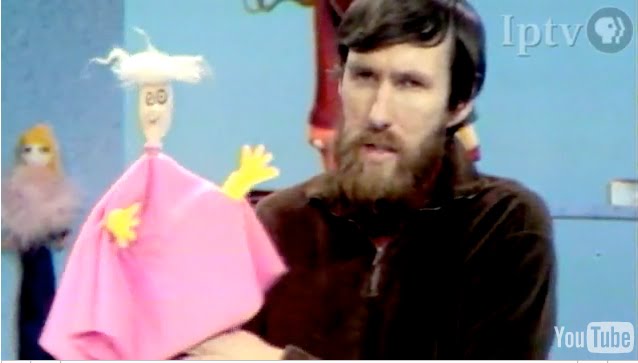
Jim Henson

Jim Henson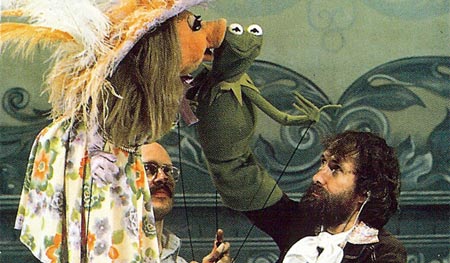
Jim Henson

Jim Henson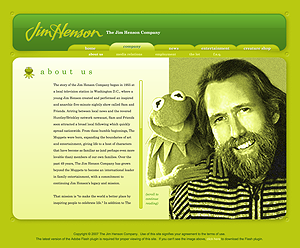
Jim Henson

Jim Henson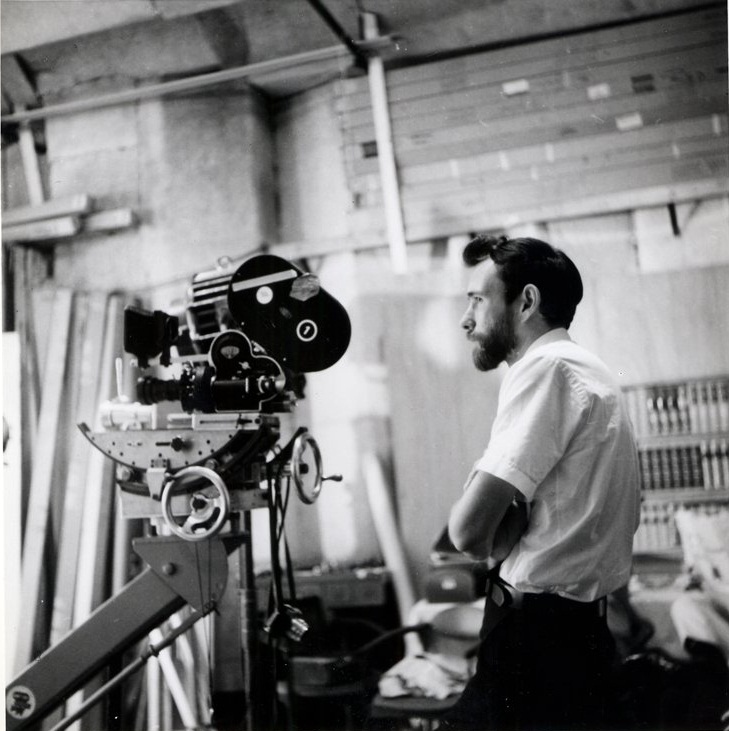
Jim Henson

Jim Henson
Jim Henson

Jim Henson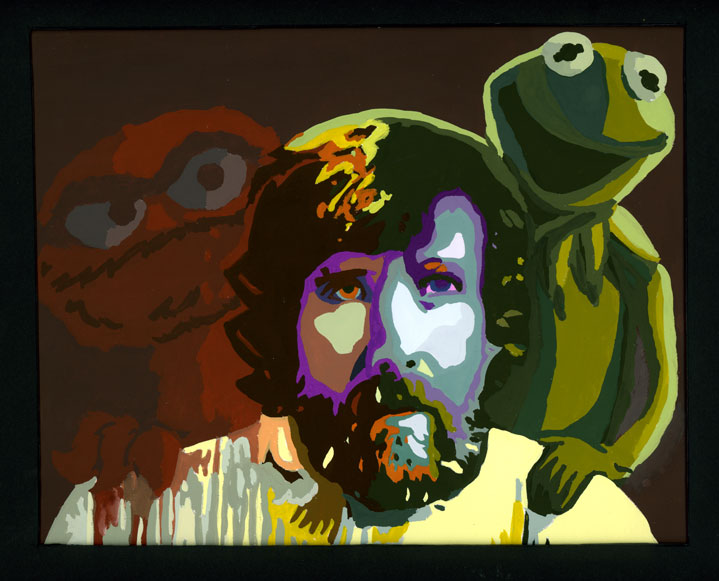
Jim Henson

Jim Henson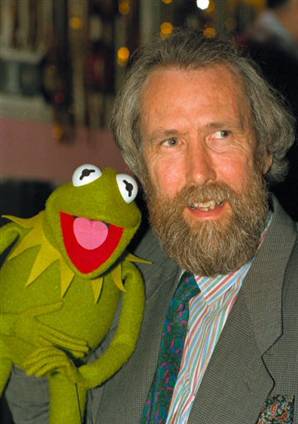
Jim Henson

Jim Henson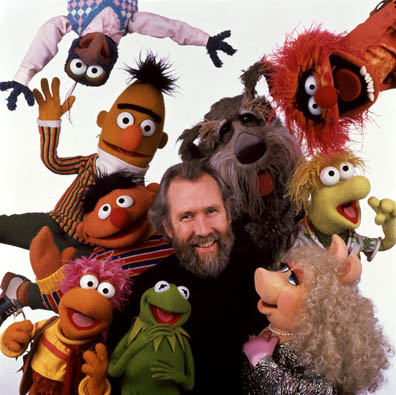
Jim Henson

Jim Henson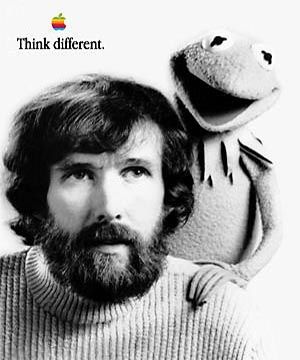
Jim Henson

Jim Henson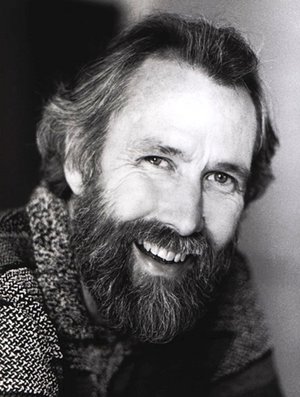
Jim Henson

Jim Henson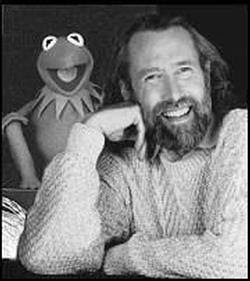
Jim Henson

Jim Henson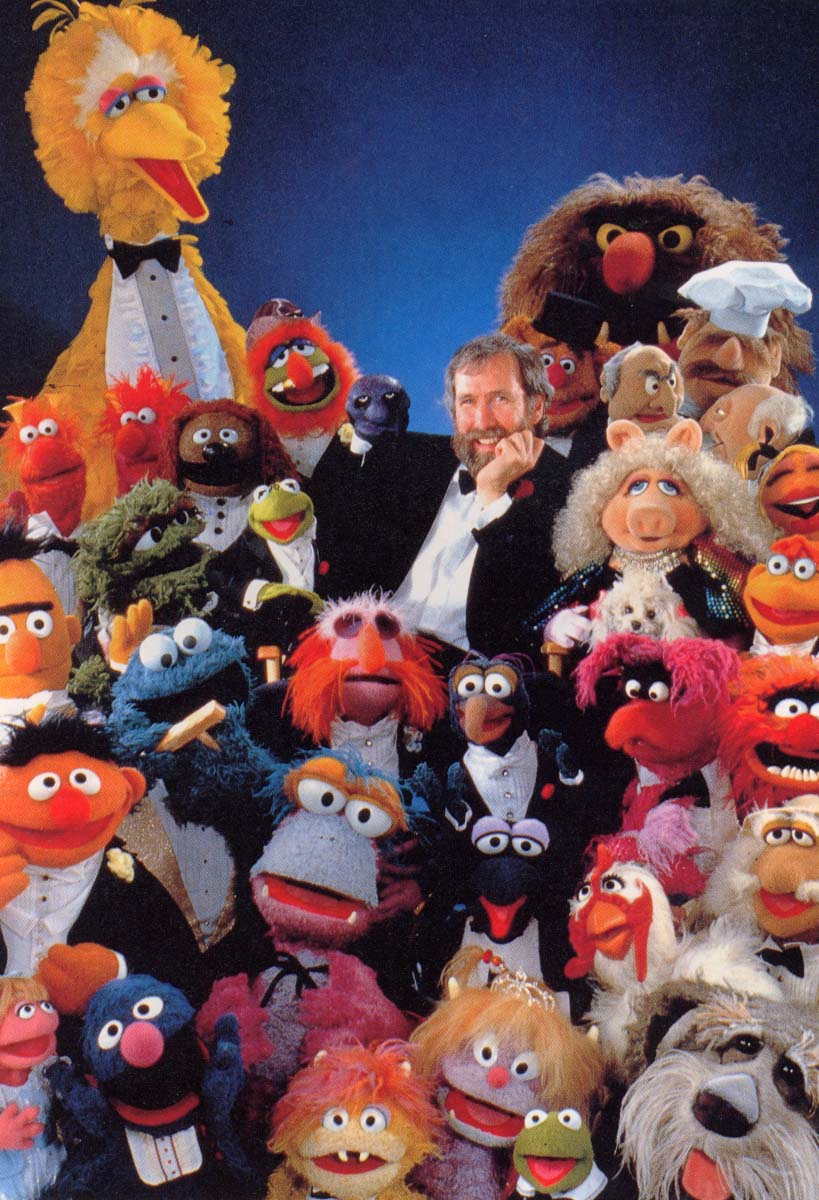
Jim Henson

Jim Henson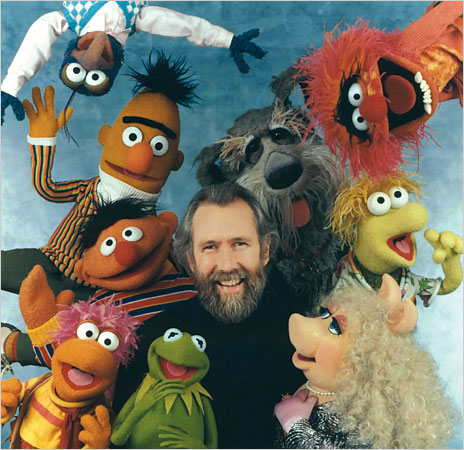
Jim Henson

Jim Henson
Jim Henson

Jim Henson
Jim Henson

Jim Henson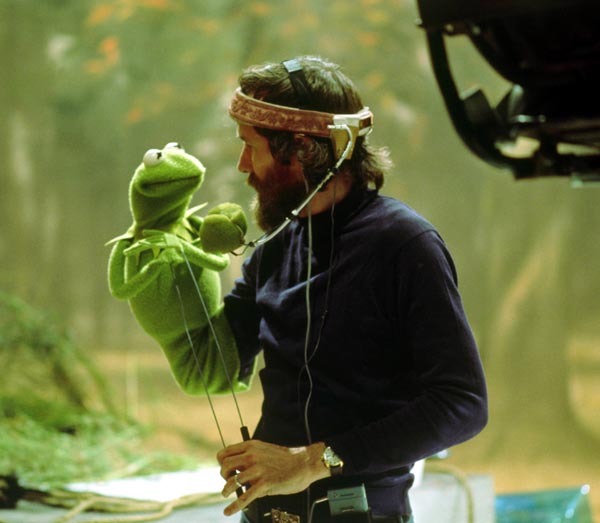
Jim Henson

Jim Henson
Jim Henson

Jim Henson
Jim Henson

Jim Henson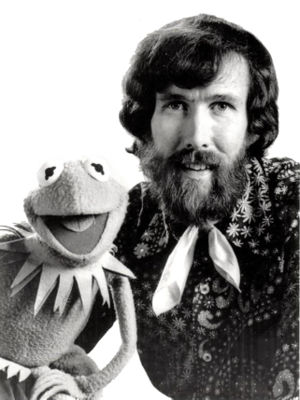
Jim Henson

Jim Henson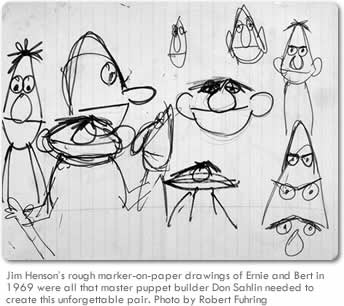
Jim Henson

Jim Henson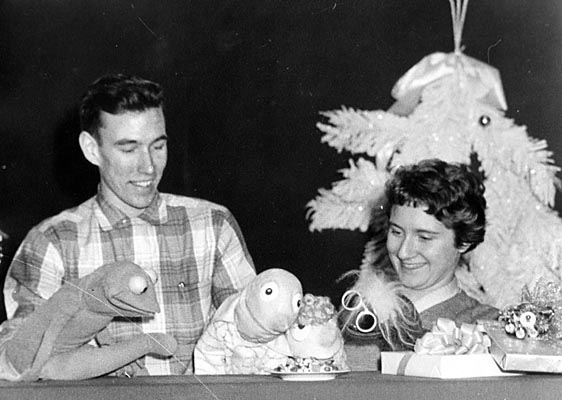
Jim Henson

Jim Henson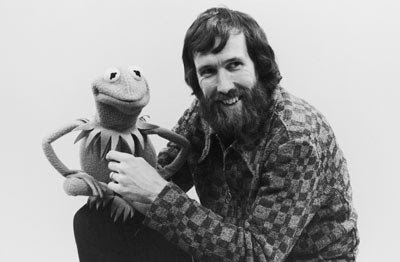
Jim Henson

Jim Henson
Jim Henson

Jim Henson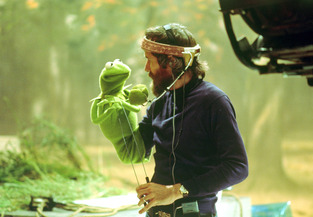
Jim Henson

Jim Henson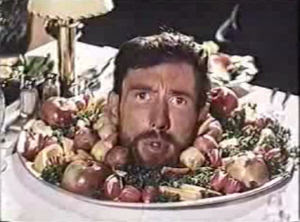
Jim Henson

Jim Henson
Jim Henson

Jim Henson
Jim Henson

Jim Henson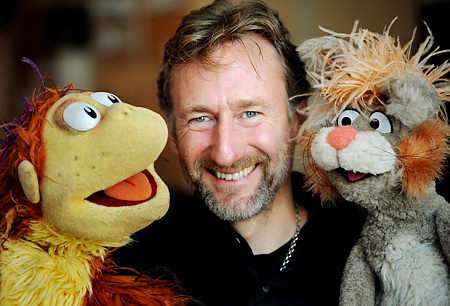
Jim Henson

Jim Henson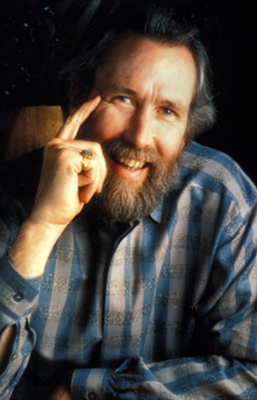
Jim Henson

Jim Henson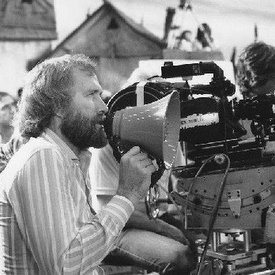
Jim Henson

Jim Henson
Jim Henson

Jim Henson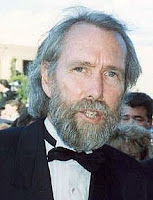
Jim Henson

Jim Henson
Jim Henson

Jim Henson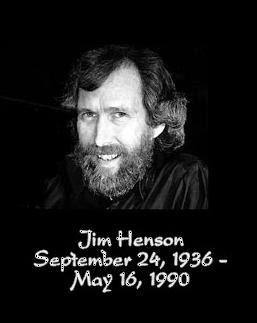
Jim Henson

Jim Henson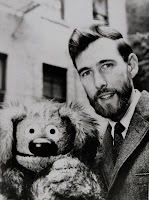
Jim Henson

Jim Henson
Jim Henson

Jim Henson
Jim Henson

Jim Henson
Source URL: http://americanendeavor.blogspot.com/Jim Henson

Visit american endeavor for Daily Updated Hairstyles Collection





